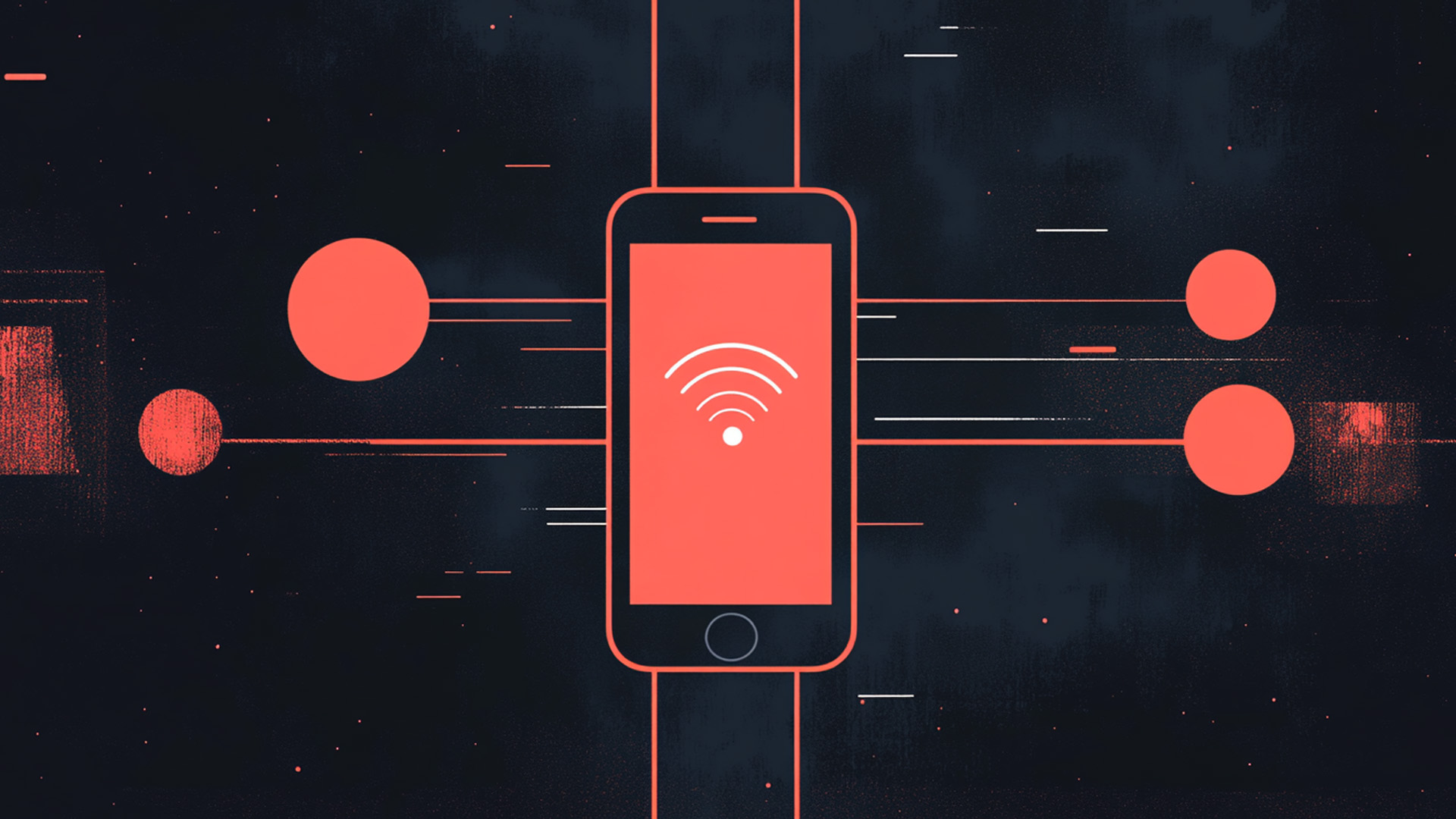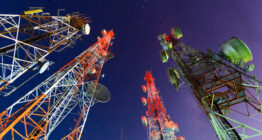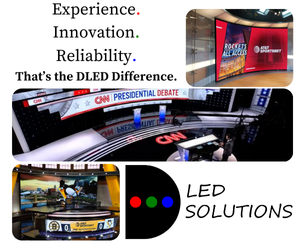LPTV broadcasters push for flexibility as 5G broadcast gains interest

Subscribe to NewscastStudio for the latest news, project case studies and product announcements in broadcast technology, creative design and engineering delivered to your inbox.
The future of direct-to-mobile video delivery may rest in 5G Broadcast technology, particularly for low power TV stations seeking to reach viewers on smartphones without cellular data plans.
During the 2025 NAB Show in Las Vegas, industry leaders discussed how 5G Broadcast technology can transmit video content directly to smartphones without requiring a SIM card or data plan by utilizing the chip already in most phones.
The technology operates by sending traditional over-the-air broadcasts directly to smartphones without requiring cellular service or data plans. The broadcast signal goes straight to the chip in the phone rather than through cellular networks.
Despite its name, 5G Broadcast actually operates on 4G LTE technology, with its formal designation being “4G LTE 5G broadcasting” – a term that creates some confusion in the marketplace, with Third Generation Partnership Program developing it.
The technology differs significantly from ATSC 3.0 (NextGen TV), which primarily targets television receivers.
Regulatory tensions emerge
At the show, industry experts suggested the coexistence of both standards may make the most sense, with ATSC 3.0 better suited for full-power stations while 5G Broadcast offers advantages for low power operations.
Given the possible mandate for ATSC 3.0 from the FCC, it also creates a potential conflict between full power and low power operators and industry consortiums, with the LPTV Broadcaster’s Association advocating against an ATSC 1.0 sunset.
“To mandate LPTV stations to convert to ATSC 3.0 is a financial hardship unless the FCC will subsidize the costs and distribute converter boxes so no viewer is left behind. Secondly, we strongly believe that TV broadcast facilities should be able to use any standard that best serves the public interest of their communities, be it ATSC 1.0, ATSC 3.0, or 5G Broadcast,” noted the LPTV Broadcaster’s Association in their 2025 priorities document presented to the FCC.
The association’s priorities document explicitly requests no sunset of ATSC 1.0, highlighting that LPTV stations operate as small businesses with tight budgets. The document emphasizes that broadcasters should have the flexibility to choose the standard that best serves their specific communities.
Others see the potential sunset as the driver for M&A activity, likely leading to consolidation across the LPTV segment.
FCC petitions and industry momentum
The 5G Broadcast push gained momentum when HC2 Broadcasting, the largest low power TV broadcaster in the U.S., petitioned the FCC to permit 5G Broadcast as an option for its stations. Some industry stakeholders support this move but question HC2’s suggestion to eliminate programming requirements.
The debate centers on whether stations should be allowed to operate purely as data services or if they should maintain at least one programming stream while also pursuing first responder and other data applications.
In their 2025 priorities document, the LPTV Broadcasters Association specifically requested continued support for 5G broadcasting, acknowledging the Media Bureau’s assistance with experimental licenses. The association asked regulators to consider allowing LPTV, TV translator, and Class A stations to “flash cut” to 5G broadcasting, particularly for first responder solutions and emergency alerts.
While 5G Broadcast sounds innovative and a cost-effective way to deliver programming, it does lack adoption and seems more aligned with non-broadcast business interests, particularly on the datacasting front.
Smartphone implementation challenges
Integration remains a primary hurdle for the 5G Broadcast push, with televisions and smartphones lacking the necessary chips and the market still hypothetical.
At NAB, the technology was demonstrated using modified Qualcomm development phones. Though the necessary chips are already in many smartphones, two key elements are needed to activate 5G Broadcast reception: frequency range activation and enabling either eMBMS or FeMBMS (Further evolved Multimedia Broadcast Multicast Service) technology.
The U.S. broadcast frequencies in the 500 MHz range exist on current chips but aren’t activated for 5G Broadcast reception. Smartphone manufacturers including Xiaomi, OnePlus, Motorola and Samsung are developing phones with 5G Broadcast capabilities, and Apple has filed patents related to the technology.
According to the LPTV Broadcasters Association, commercially available 5G Broadcast smartphones and customer premises equipment (CPEs) are expected in Q2 2025. The association also noted that late 2025 or early 2026 will see new smartphone and CPE chips that combine 5G Broadcast reception with return path capabilities via cellular or WiFi.
To support a changeover, middleware has been developed that allows Android apps to work with 5G Broadcast, potentially opening the door to a wider range of services.
Subscribe to NewscastStudio for the latest news, project case studies and product announcements in broadcast technology, creative design and engineering delivered to your inbox.







tags
3GPP, 5G, 5G Broadcast, ATSC, FCC, FeMBMS (Further evolved Multimedia Broadcast Multicast Service), HC2 Broadcasting, Low Power Television (LPTV), NAB Show 2025, NextGen TV ATSC 3.0
categories
Broadcast Business News, Broadcast Engineering, Content Delivery and Storage, Heroes, NAB Show, NextGen TV, Policy